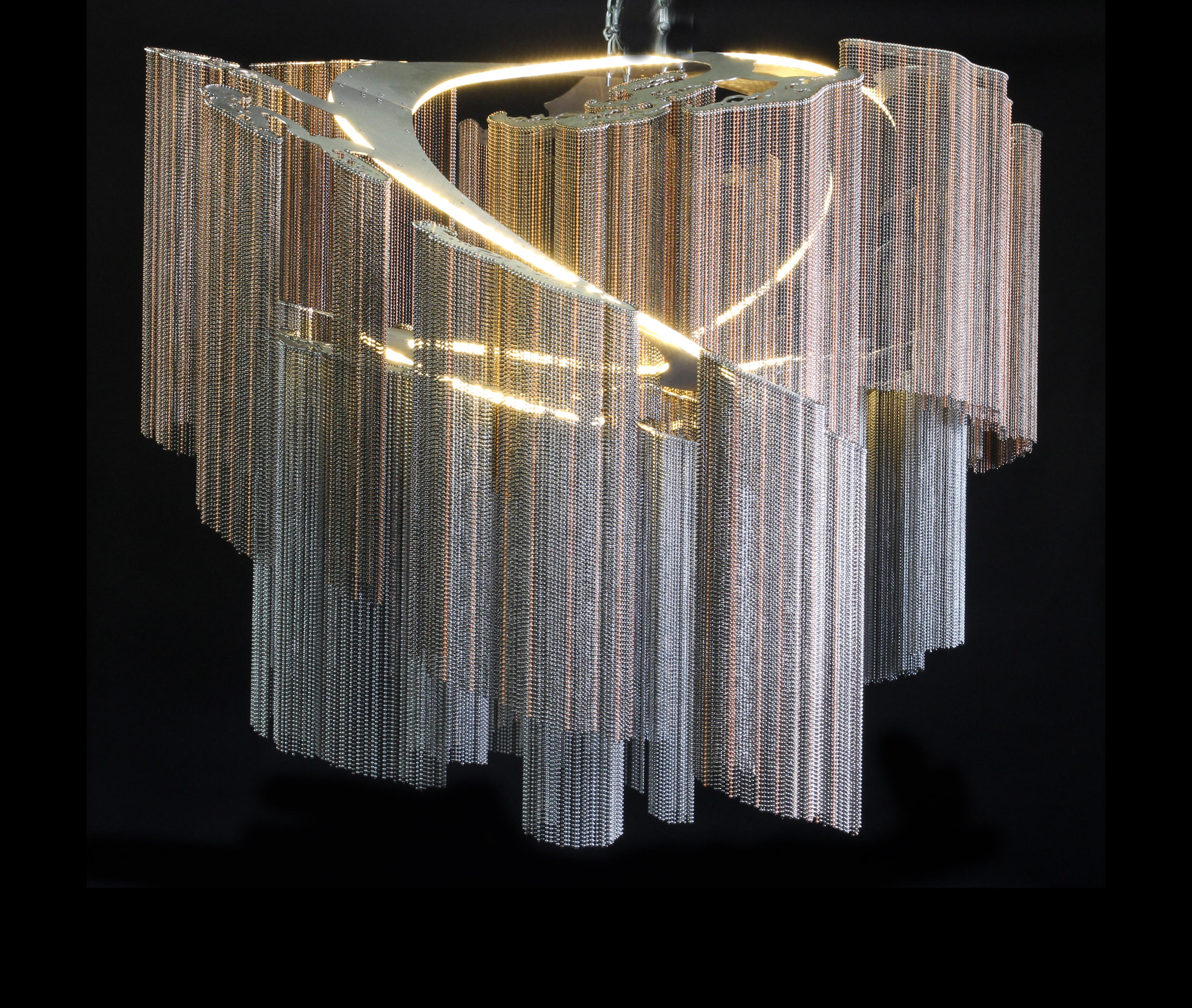

I note that Kubler found that spiral direction can reverse over time, sometimes several times during a tree's life, which shows that at best there might be a statistical preponderance of one spiral direction or the other. I would be encouraged if someone could show that the direction was reversed in areas with prevailing easterly winds, but there are no data. They then assert that crown asymmetry combined with prevailing westerly winds produces spiral grain with a predominant right-handed spiral in the northern hemisphere, and a predominant left-handed spiral in the southern. They show some data, collected in Norway, to support this, but note that they found no evidence that anyone else had studied systematic patterns of crown asymmetry. Skatter and Kucera (1998) theorize that trees in general have asymmetrical crowns, with the side facing the sun (the south side in the northern hemisphere) having a larger crown than the side facing away from the sun. They also note that this pattern is observed in the Pinaceae, but is reversed in the Araucariaceae (only reported in two species). This concept was developed in some detail by Skatter and Kucera (1998) who studied wind effects on trees with asymmetrical crowns and showed that "spiral grain is an optimized growth feature when the trees are exposed to combined bending and torsion." They also assert that most conifers spiral at the same rate (called the grain angle) and show a change from left-handed to right-handed spiraling as they age. It has also been noted that spiral grain may make the tree stronger and better able to withstand stresses caused by wind, particularly if the direction of the spiral is periodically reversed. Gravity can also impose a helical stress on a leaning tree. Spiraling can also occur (and this is probably more common) in response to stress: there is a helical stress imposed on any tree that is exposed to prevailing wind and has an asymmetrical crown, which is common in trees growing on exposed sites.

Lateral translocation between tracheids being greater in Pinaceae than in Cupressaceae, this would suggest that spiraling is more pronounced in the latter family, and this I believe to be the case, seen for instance in side-by-side comparisons of pinyon and juniper (e.g., Pinus monophylla and Juniperus occidentalis). For instance in the case of a tree growing out of the rock, the portion of the root system that has access to water and nutrients may be on one side of the tree, while the most productive part of the crown is elsewhere, and the tracheids follow a spiral path in order to convey the nutrients and water to the part of the crown where they are needed. Kubler also noted that trees can spiral for many different reasons. I have seen that attested in a decaying alpine log of Engelmann spruce. He noted that spirals are commonly observed in both directions (left-handed and right-handed), and that the direction of spiral can reverse several times during a tree's life. Kubler (1991) provides an extensive (though somewhat dated) bibliography. The phenomenon and causes of spiral grain have received considerable study, perhaps because it affects the commercial value of wood. You will hear, for instance, that it is caused by the Coriolis force or that trees always spiral one direction in the northern hemisphere and the other direction in the southern hemisphere. Spiral grain is often conspicuous in snags that have lost their bark, as shown in the photos on this page, and people love to speculate about it. Spiral grain is the helical form taken by xylem tissues in their growth along a tree trunk or limb.


 0 kommentar(er)
0 kommentar(er)
